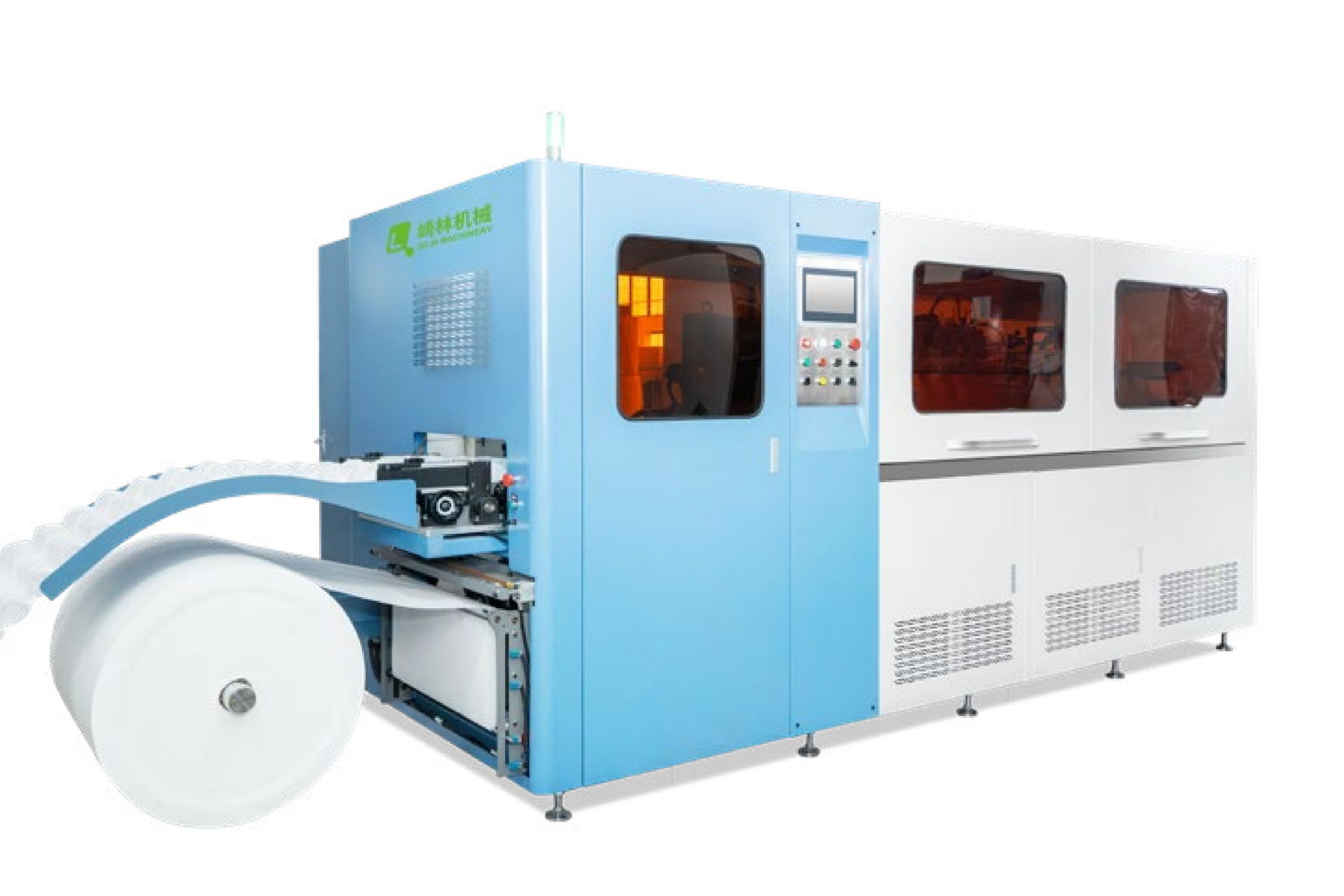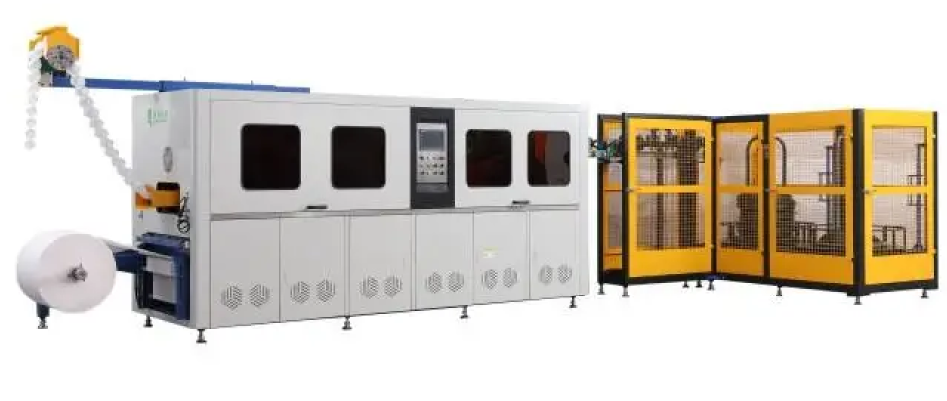
Many mattress factories still rely on labor-intensive processes, facing challenges like low efficiency, high defect rates, and rising labor costs.
Intelligent manufacturing offers a future-ready solution for mattress machinery by boosting efficiency, enabling customization, reducing costs, and improving product consistency through automation, AI, IoT, and big data.
With evolving market demands and tighter quality standards, smart technology adoption in mattress manufacturing is no longer optional—it’s essential. Let’s explore how it works and where it’s headed.
What does intelligent manufacturing technology really mean?

Manual operations often limit scale, slow productivity, and increase error rates. In the past, manufacturers had no easy way to collect or act on production data.
Intelligent manufacturing integrates AI, IoT, robotics, and big data analytics into machinery, making production lines more adaptive, efficient, and self-optimizing.
It’s more than just “automation.” It’s about machines that:
- Think with real-time AI feedback,
- See through visual sensors,
- React instantly to errors or demand changes,
- And connect with other factory systems for centralized control.
This tech foundation allows mattress factories to transform from reactive production to predictive and flexible manufacturing models.
Key Components of Smart Tech:
| Technology | Role in Mattress Machinery |
|---|---|
| IoT Sensors | Monitor spring position, motor status, machine load |
| AI & ML | Optimize stitching paths, predict faults, tune pressure |
| Robotics | Handle spring forming, gluing, cutting, and packing |
| Data Analytics | Forecast demand, track inventory, evaluate efficiency |
Smart tech empowers mattress machines to work faster, smarter, and with less downtime.
How advanced is current mattress machinery?
Most mattress factories have adopted basic automation, like PLC-controlled spring bagging or semi-auto glue machines. These have improved consistency—but they’re still limited.
Current machines often lack deep data feedback and can’t auto-optimize. Intelligent upgrades offer real-time diagnostics, parameter adjustments, and predictive warnings.
Common limitations in today’s machines:
- Manual spec changeover takes 20–30 minutes
- Spring misfeeds are hard to catch without visual sensors
- Unexpected downtime due to missing fault prediction
- Difficult to track spring count or performance across shifts
Even top-tier equipment today can benefit from upgrades like:
- Servo-driven gluing arms with adaptive pressure controls
- Vision detection systems that catch spring placement errors
- Remote control interfaces to monitor machine health from a mobile app
In the near future, machines will be able to auto-configure for each production run and alert technicians before a failure happens.
Can smart technology increase production speed?
Slow spring feeding, manual gluing, and fixed pack diameters are bottlenecks. They lead to long changeover times and frequent stoppages.
Intelligent machines use sensors, servos, and learning algorithms to reduce waste and increase output—while requiring fewer operators.
Case Study: Auto Bagging + Auto Roll Packing
By linking a high-speed spring bagging machine with a smart roll-pack system:
- One operator can run the line
- 8000+ springs per hour is achievable
- Packing takes 30 seconds per unit, fully sealed and compressed
- Systems adjust automatically for 35mm or 80mm spring diameters
Smart lines are scalable: factories can stack multiple bagging machines into a centralized glue or roll-packing line, improving layout efficiency.
What about quality and defect control?
Without smart detection, factories risk delivering mattresses with misaligned springs or poor stitching. Even one error in 1000 units can hurt brand reputation.
AI vision systems catch surface defects, glue issues, or uncompressed units in real time. Machine learning continuously improves inspection accuracy.
Instead of relying on operator judgment, factories can use:
- Multi-camera spring tracking
- Infrared bag seam quality scanning
- Auto-rejection units for defective packs
Benefits of Smart QC:
| Traditional QC | Smart QC |
|---|---|
| Manual checking per batch | Real-time inspection per unit |
| Operator fatigue errors | AI maintains consistency |
| No learning over time | System improves via data |
The result? Near-zero defect deliveries and happier OEM clients.
Can we offer custom mattresses with smart machinery?
As DTC (Direct-to-Consumer) brands grow, customers want unique firmness, height, or spring count.
Flexible machines with smart controls allow manufacturers to switch specs within minutes, not hours—no mold change or downtime needed.
Touchscreens allow operators to:
- Select spring type (pocket coil, barrel, etc.)
- Adjust line spacing or bag width via preset
- Change glue pattern or roll-pack pressure automatically
Customization is key for winning orders from high-end or overseas buyers who demand agility.
What role does predictive maintenance play?
Downtime kills profits. When a key shaft breaks or a sensor fails, every minute matters.
Smart machines monitor temperature, vibration, pressure, and speed. They warn operators before a breakdown occurs.
This means:
- No sudden halts mid-production
- Planned part replacements during shift breaks
- Increased machine life cycle (8–15 years for high-end models)
Factories can schedule light maintenance on off-days, avoiding costly service calls.
Can smart tech optimize our supply chain?
Many factories still track coils or fabrics with paper logs or spreadsheets.
With smart supply chain systems, every part—from steel wire to foam roll—is tracked with QR codes, RFID, or barcode systems.
Inventory dashboards display:
- Current stock levels by material
- Reorder recommendations based on usage trends
- Alerts when components fall below threshold
Combined with AI-based demand forecasting, factories avoid overstock or understock situations—especially crucial when raw material costs fluctuate.
Is intelligent manufacturing more energy efficient?
Energy bills are often one of the biggest costs in mattress production, especially in warmer climates or large plants.
Smart equipment uses AI to reduce energy consumption via motor speed control, idle-time cutoffs, and heat management.
Upgrades like:
- Variable Frequency Drives (VFD) on motors
- Sleep mode for heating elements
- Data-logged energy reports
All contribute to a 20–30% reduction in power use compared to older systems.
Is the investment worth it?
Smart systems require upfront investment—but they pay back fast.
Typical ROI for Smart Mattress Machinery:
| Category | Manual System | Smart System | ROI Time |
|---|---|---|---|
| Bagging | 2-3 workers | 1 operator | 6–9 months |
| Roll pack | 2 minutes/pack | 30 seconds/pack | 8 months |
| Quality Check | Random spot check | 100% inline | 1 year |
The result: Lower labor, fewer rejects, shorter lead time, and the ability to take on complex international orders.
Conclusion
Smart manufacturing is the future of mattress machinery. By combining AI, robotics, and data, mattress factories can produce faster, smarter, and with fewer mistakes — while staying flexible for custom demands.
